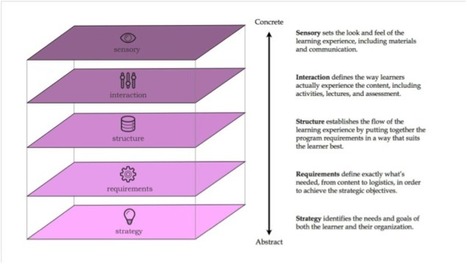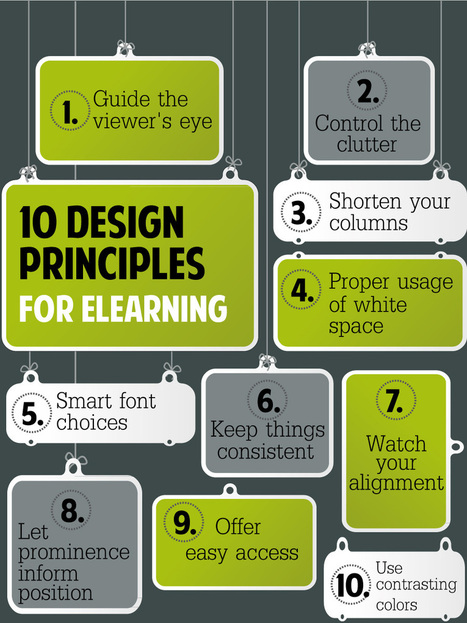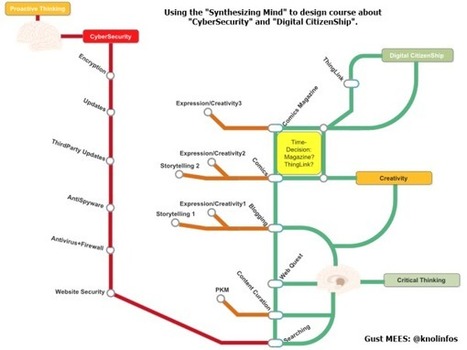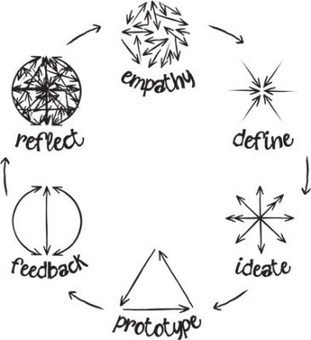The process of designing any sort of human experience, regardless of purpose or platform, is centered around reaching a desired outcome, ideally with as little fuss and as much joy as possible.
The purpose of an experience and the platform on which the experience takes place will vary: purchasing a plane ticket on a tablet to vacation, enjoying a musical performance in a theater, or learning to code in a classroom. Although each of these experiences require their own unique methods and frameworks, the elements that should be taken into consideration during the design process remain mostly the same.
As a learning experience designer, you should focus your time and attention during the strategy plane on identifying the gaps that exist between the learner and his/her desired outcome. Those gaps exist due to a lack of the following:
- Knowledge: Do learners lack the proper information to complete a task?
- Skill: Do they have all of the right information but lack the ability to translate that knowledge into action that could be applied to a given situation?
- Confidence: Are they able to demonstrate or apply the skill, but do they hesitate or refuse to apply it?
- Motivation: Are they able to demonstrate or apply the skill confidently but just don’t want to do it?
- Access: Do they have all of the above but lack the proper tools or resources to complete a task?
Once you are able to properly identify the gaps that cause learners to struggle, you must design a solution that effectively addresses those gaps.
Learn more:
- https://gustmees.wordpress.com/2014/10/03/design-the-learning-of-your-learners-students-ideas/
- https://gustmees.wordpress.com/2015/01/28/practice-learning-to-learn-example-2/
- http://www.scoop.it/t/21st-century-learning-and-teaching/?tag=Learning+2+Learn



 Your new post is loading...
Your new post is loading...















Just like any experiences, learning experiences also need to well designed. After deciding on outcome to be achieved of learning particular course (learning outcome), gaps to reaching the outcome should be identified at requirement plane, strategy plane, interaction plane and sensory plane. In course of doing so, gaps in knowledge, skills, confidence, motivation and access that learners may have should be addressed through course delivery, that careful planning be made through the planning, determination of objectives, implementation and evaluation stage of curriculum.
Good!
Un artículo muy claro y muy interesante.